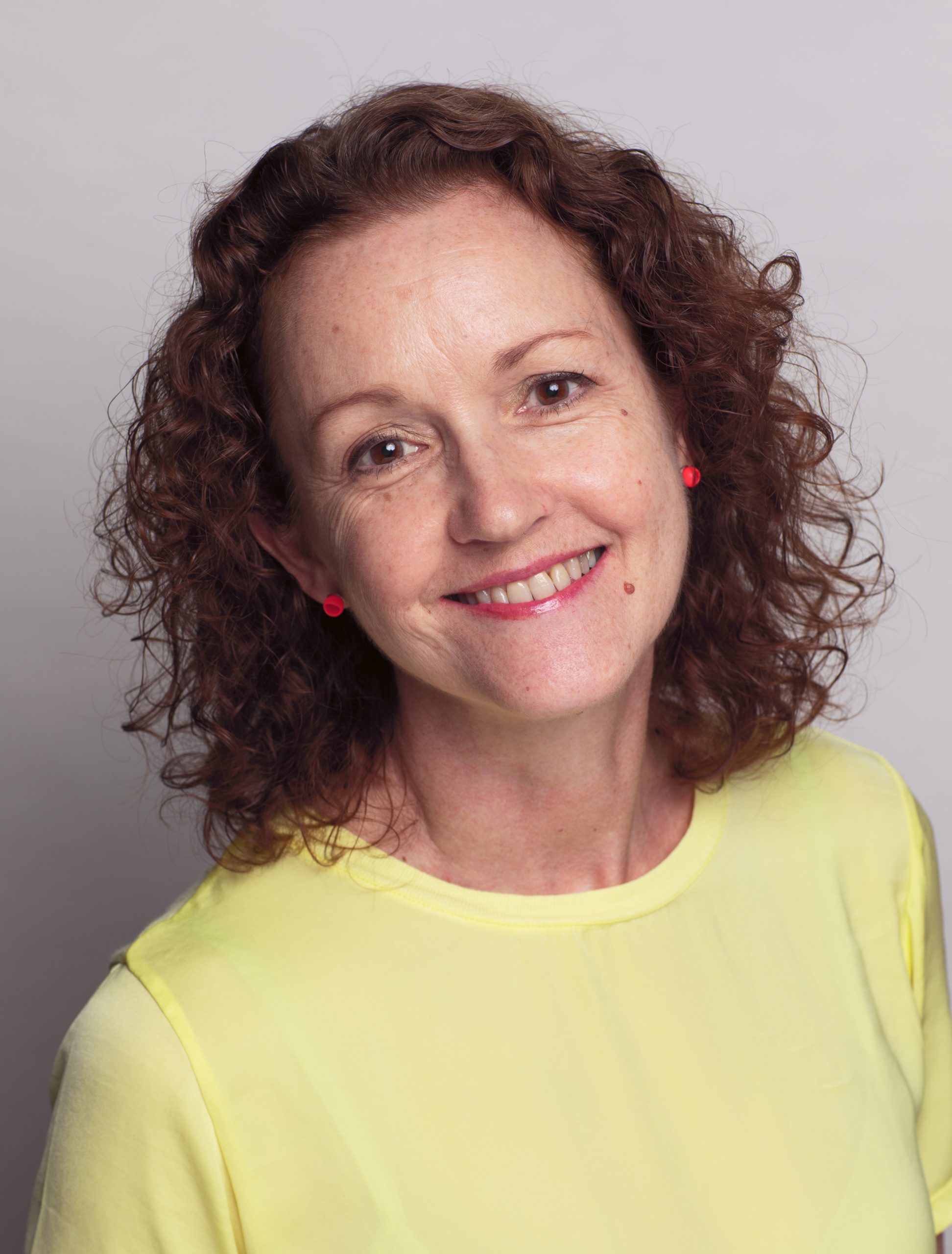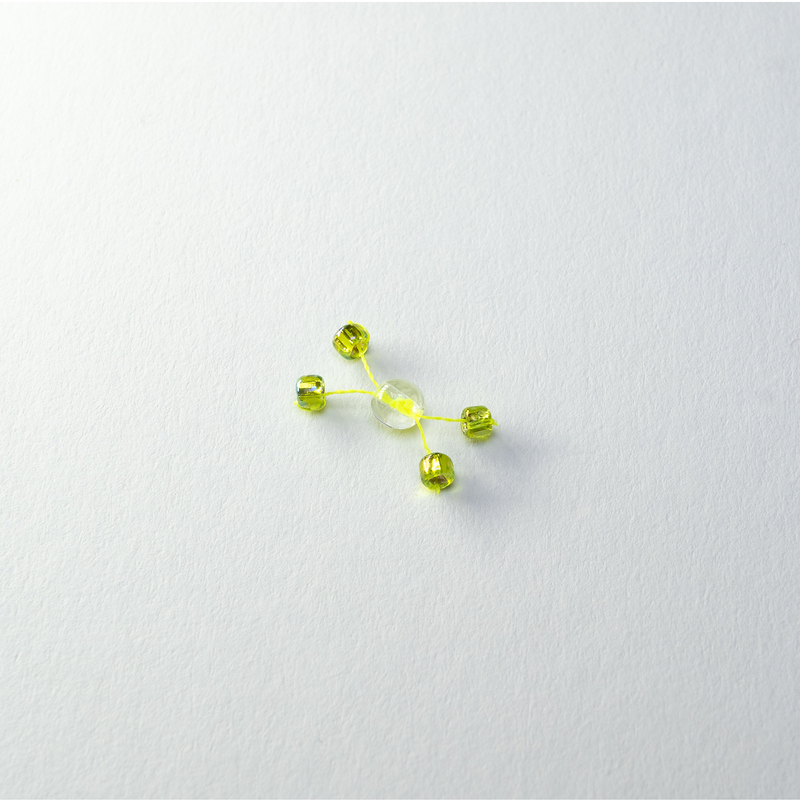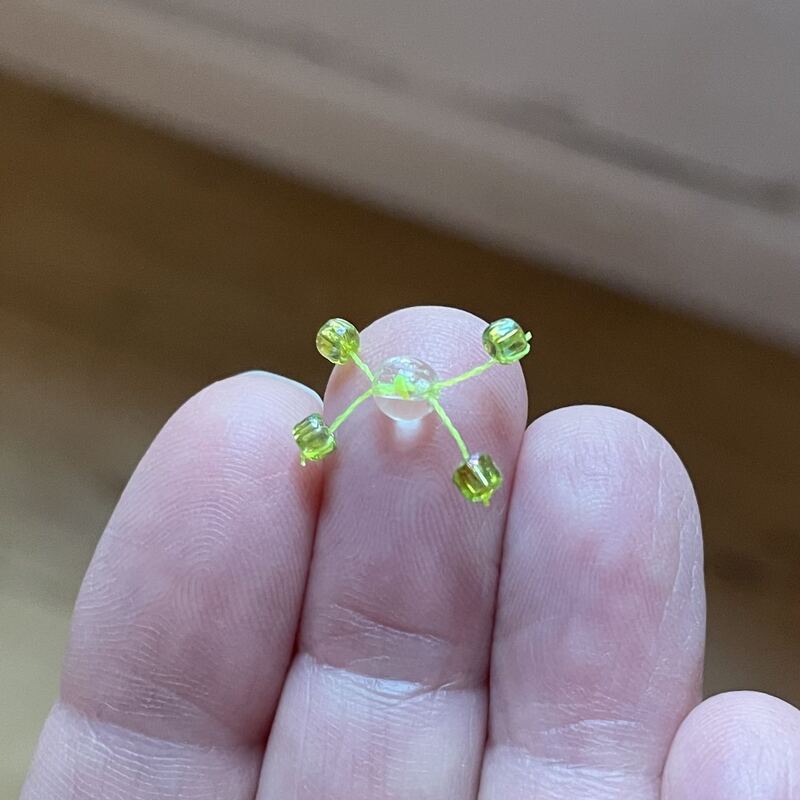
NAME: |
Lisa Pettibone |
|---|---|
NATIONALITY: |
United States |
BASED IN: |
United Kingdom |
WEBSITE: |
ABOUT ARTIST:
Originally from California, she has a graphic design degree from California College of the Arts, she has a BA (Hons) 3D Design in Glass from University for the Creative Arts, Farnham UK in 2005. In 2018 she gained MA in Art and Science from Central Saint Martins, London. Based in Surrey UK, Lisa develops work for exhibition and teaches advanced glass-making courses. As an advocate of interdisciplinary practice, she has organised and participated in many art/science events at institutions including CERN in Geneva and the European Space Agency in The Netherlands. She is member of the Moon Village Association and active in the Cultural Considerations Working Group who are investigating the cultural impact of a moon settlement. Her work is held in private collections and exhibited internationally. She was selected for The Aesthetica Art Prize 2013 and in 2015 and 2018, her work was included in the prestigious Discerning Eye Exhibition, London. In 2017 she won the UK National Open Art Prize Installation Category. In 2018-2019, she was artist in residence at Mullard Space Science Laboratory (UK) responding to ESA’s Euclid Mission that will explore the dark universe. She was invited to show her installation Cosmic Landscape at the European Cultural Centre in Venice in 2020 (postponed to 2022).
SUBMISSION: Verdant
This tiny glass and thread sculpture, an experimental art piece, explores the prospect of weightlessness, moving form and light in space. The tether beads will float and alter the overall shape as it fills its container, each piece intimately affected by its individual mass. I hope to see how the unfiltered light in space changes the colour and perception of the glass beads and fluorescent green thread. The structure is based on the core arrangement of the chlorophyll molecule (1 magnesium + 4 nitrogen atoms), essential to all plant life on earth and key to human survival in space. As we contemplate life away from our planet, we will naturally reflect on what makes our world beautiful and sustainable for humans. The intense, verdant green of the hills, valleys and foliage will be hard to replicate on another celestial body, highlighting how biologically and aesthetically connected we are to this narrow spectrum of colour.

